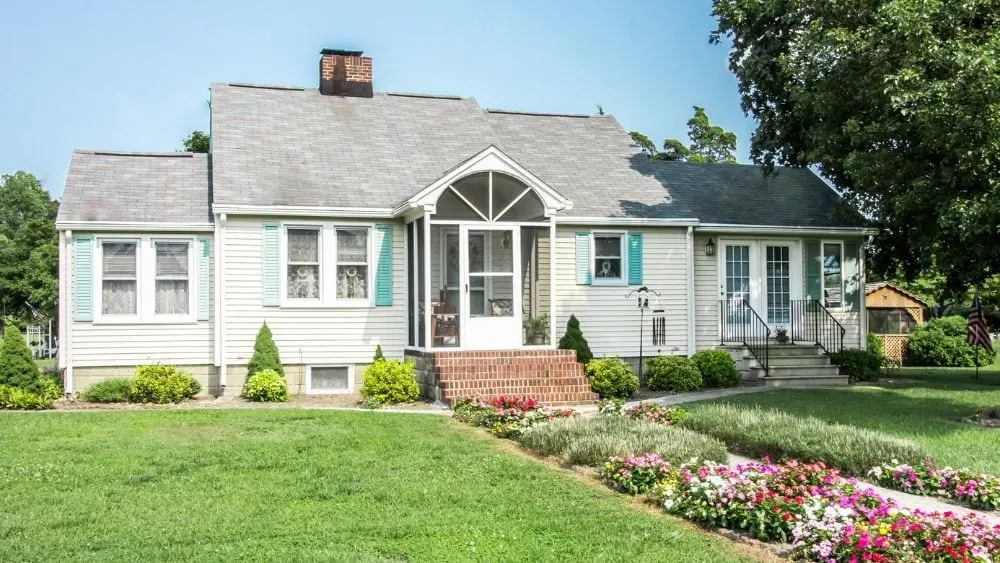
In home design, a great deal of conversation and thought goes into topics like floorplans and paint colors. But before being welcomed into your glamorous new abode, visitors are going to be greeted by the exterior of your house, so you want it looking its best! Choosing the siding for your home doesn’t have to be tricky, even though there are a lot of options; check out our guide below so you can make the right decision.
Why Focus on the Siding?
As mentioned, siding helps shape the very first impression anyone has of your home. Something clean or eye-catching is going to leave a better impression than siding that’s unkempt. In addition to impressing your guests, siding can improve overall curb appeal and enhance the value of the home if you’re ever planning to sell.
Siding Materials
There are various siding materials you can choose from, and each has its pros and cons (not to mention a plethora of ways they can be designed).
Brick
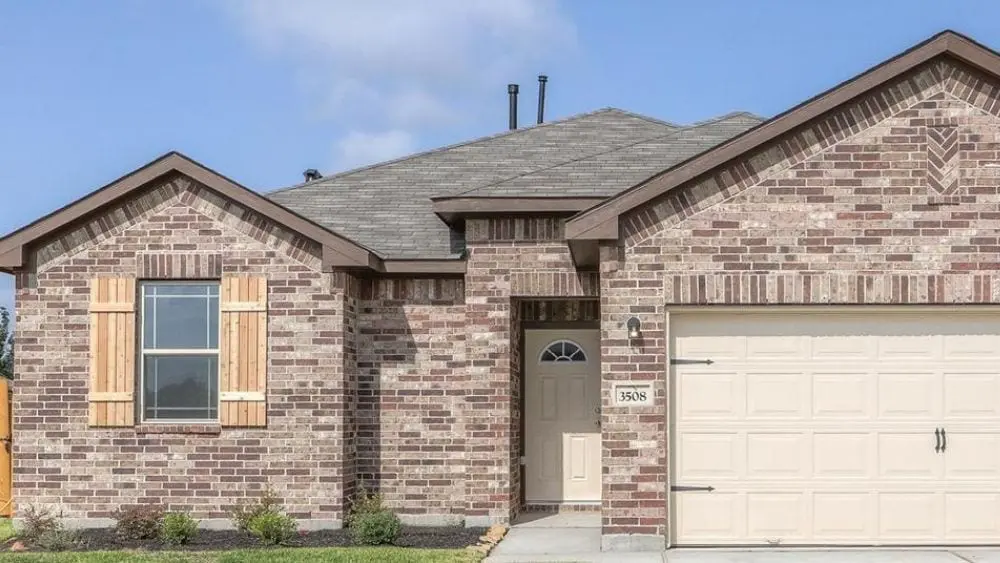
For a classic and stately aesthetic, brick is an obvious choice. It has a long lifespan with minimal maintenance, is fire-resistant, and isn’t likely to attract pests. But these benefits and the installation of brick siding come at a high price that sometimes turns homeowners away.
A more affordable option is brick veneer, which is thin layers of brick applied to the outside of the home—less a framework choice, and more of an aesthetic façade.
Fiber-Cement
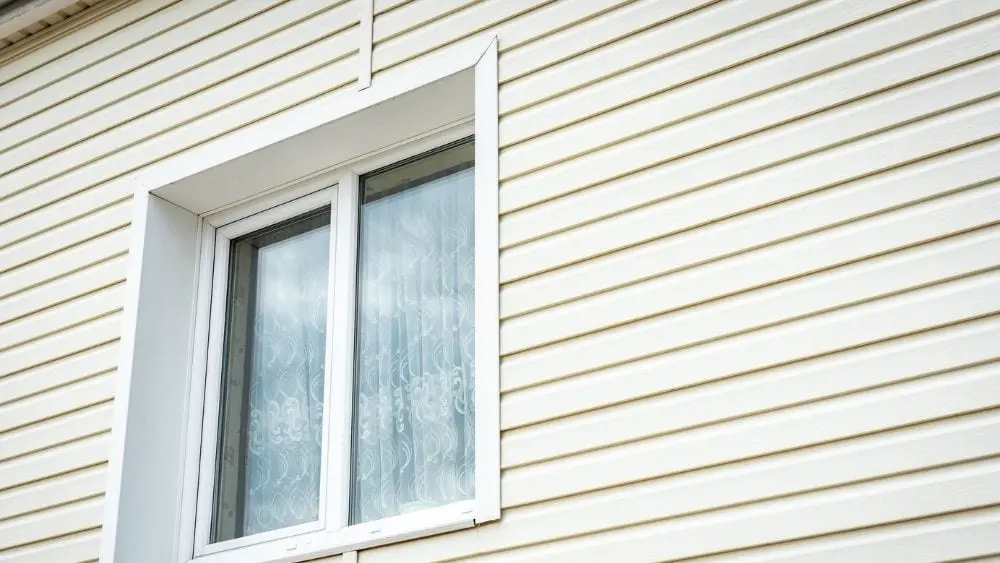
Natural materials like wood and stone can be pricey; that’s where fiber-cement comes in. This man-made alternative can be shaped to look like another material, but tends to be less expensive and easier to maintain. It may have a high installation price, but unlike real wood, fiber-cement is fireproof, water-resistant, and protected against pests.
Metal
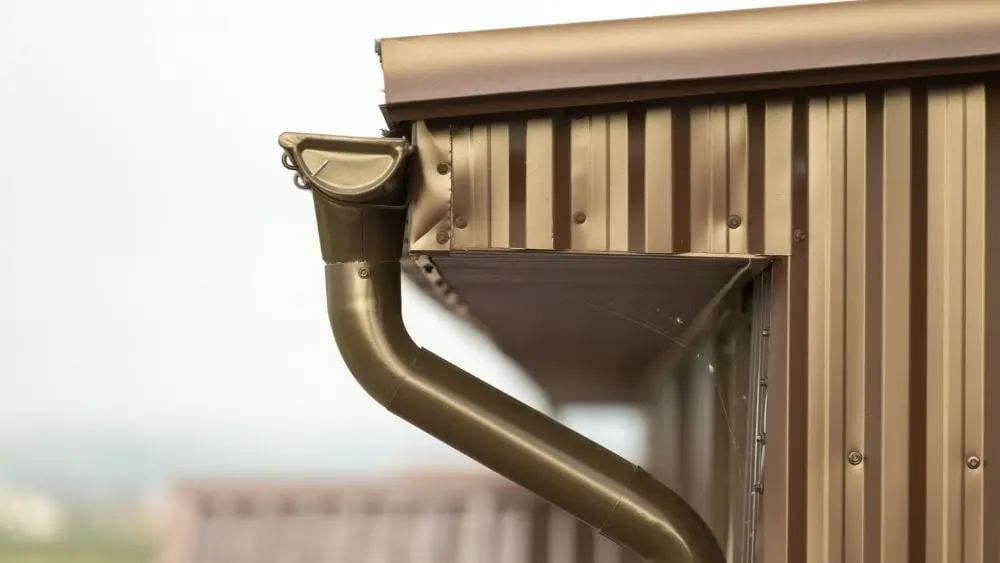
Though used less often, metal siding is a choice that can work with almost any home. Steel and aluminum are the two options available. While more durable and longer-lasting, steel is also more prone to rust. Aluminum, on the other hand, is more financially affordable and rust-resistant, but can be easily dented by inclement weather such as hail.
Stone
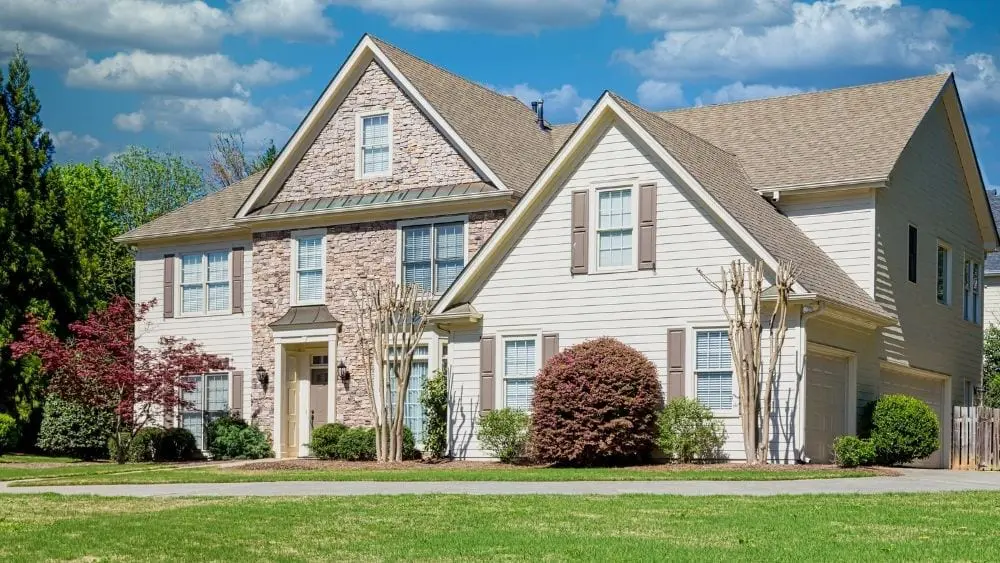
If you’re looking for a rustic look without the woodsy vibes, stone may be the choice for you. Options include granite, limestone, slate, and more, and real stone offers longevity with little maintenance. Like brick, stone veneers are also an option to provide the aesthetic without the hefty material and installation costs.
Stucco
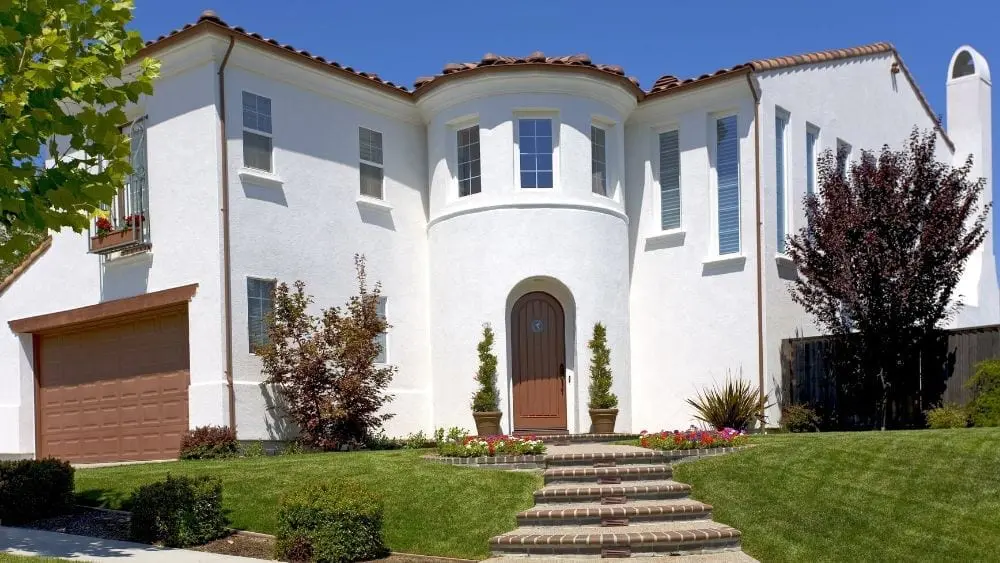
This cement-based mixture is often found on Spanish-style homes in the southwest region of the U.S. Stucco allows for a variety of colors and textures, making it one of the most versatile options, and if installed correctly is one of the strongest sidings with a lifespan around 100 years. Of course, this does come at a high price. This material also requires a bit more maintenance as scuffs and dirt are easy to see, and is not suitable for regions with excess moisture.
Vinyl
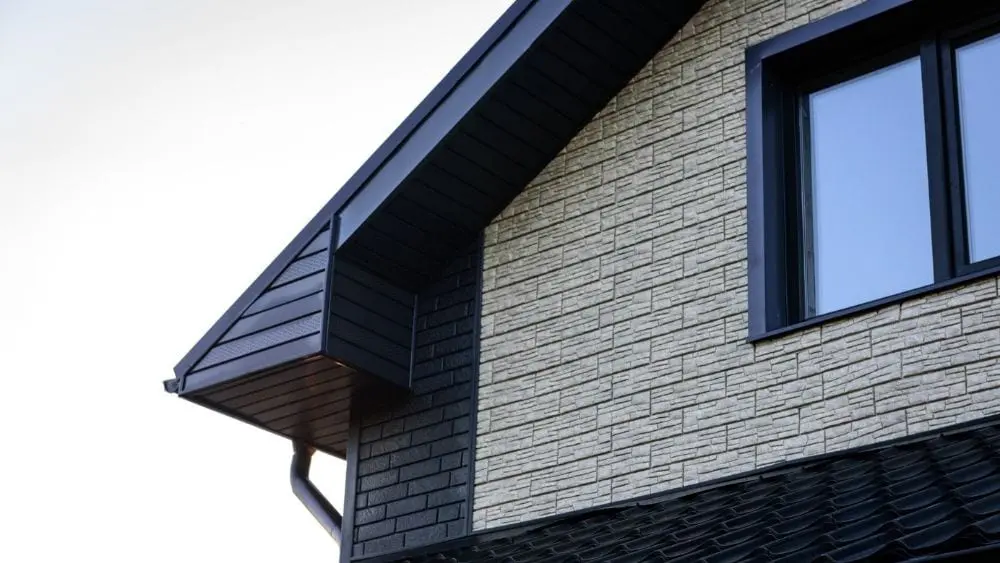
An option that continues to grow in popularity, vinyl is synthetically made, is highly customizable, and is financially affordable. This is an excellent choice for those looking to insulate their home and give it a refined look without needing to do a lot of maintenance and care. That being said, while vinyl can mimic other materials, it retains its synthetic appearance. Additionally, this isn’t a biodegradable option and must be recycled in order to not harm the environment.
Wood
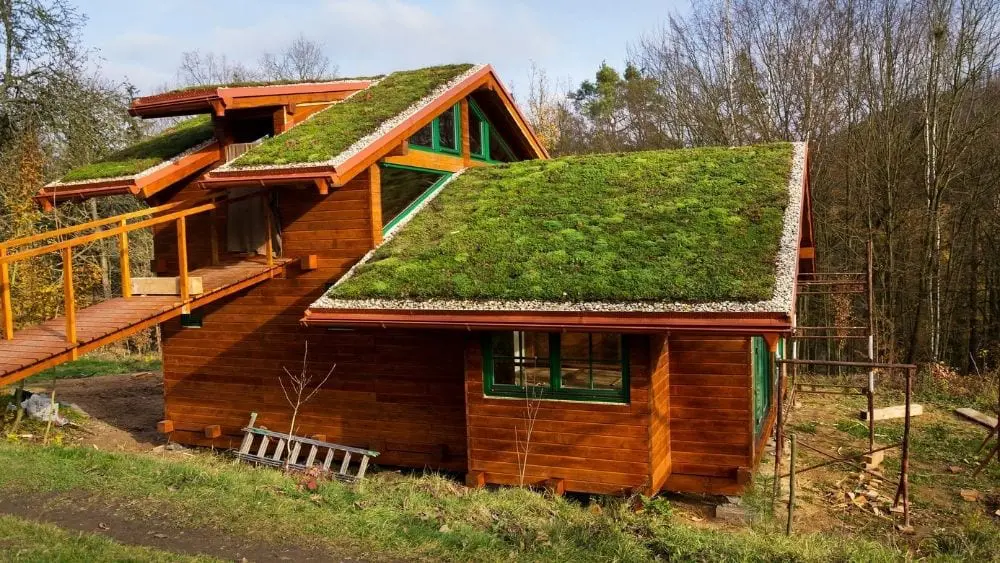
The most traditional siding option is wood. It’s incredibly versatile and can be shaped and painted for a variety of different appearances and aesthetics. It has a relatively low installation cost and is an excellent choice for many homes. However, wood siding does require significant maintenance, and is susceptible to damage from things like pests and rot. Most importantly, wood isn’t fire-resistant, and dry regions that experience wildfires or forest-fires are not a good choice.
How to Choose a Siding
In order to decide which siding is most appropriate for your home, there are several factors to consider.
Aesthetics
The most important aspect when it comes to siding is appearance. Do you prefer the classic look of a brick exterior? Or are you more interested in a modern appearance that makes use of vinyl architectural panels? Are there elements from the environment surrounding your home that you’d like to tie in?
You may want to be consistent with the homes in the vicinity, or (if your HOA allows) stand out from the crowd with a unique and eye-catching exterior. Either way, be sure to think about what impression you want guests to have upon first seeing your new home.
Climate
Certain sidings are more successful and long-lasting in certain environments; that’s just a fact. Stucco performs better in arid, warm climates; wood siding isn’t recommended anywhere wildfires are an annual occurrence. And if your area experiences extensive flooding, brick and stone are the more durable options.
Additionally, think about average temperatures and whether the siding you’re interested in provides adequate insulation; this will keep you comfortable and keep down heating and cooling costs.
Finances
The great thing about having so many siding options is you can find one to fit your budget. Brick, stucco, and stone have high upfront costs due to the added expense of labor, but require less maintenance as years go by. On the other end, wood is cheaper to install, but requires regular (and sometimes pricey) maintenance.
Vinyl is fairly average on cost and maintenance, while fiber-cement is more expensive to install but requires about the same level of maintenance. Ultimately, you have to decide what siding fits your design and budget. Speak with your builder or contractor about your preferences, and they can help you find the best solution.

Kian Zozobrado joined Builders Digital Experience (BDX) in 2019 as a content writer. A graduate of Southwestern University with a degree in English, Kian is passionate about the written word and making connections. Outside of work, Kian also serves as president of the Board of Directors for the Writers’ League of Texas.
 The Homeowner’s Guide to Green Roofs
The Homeowner’s Guide to Green Roofs